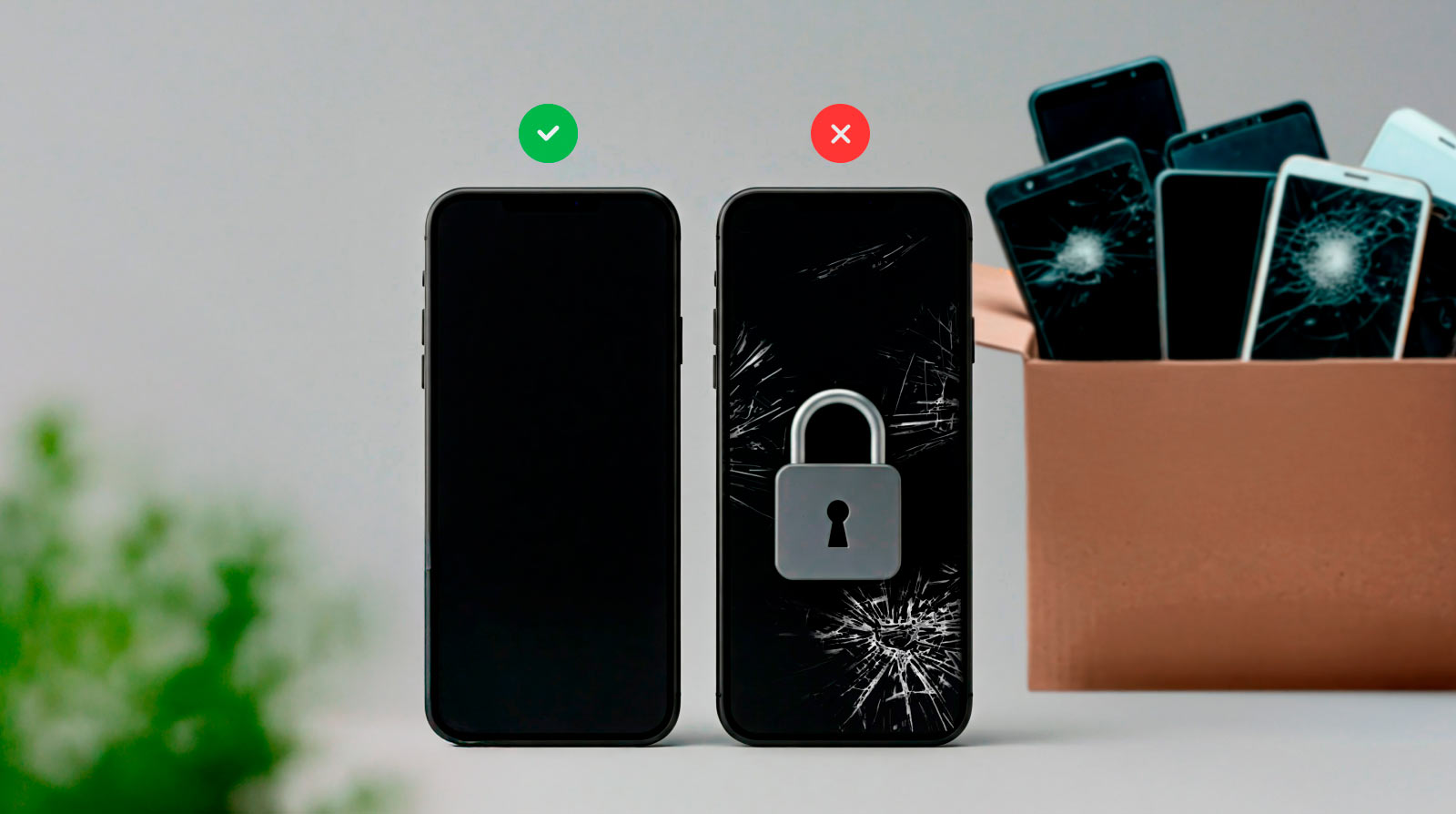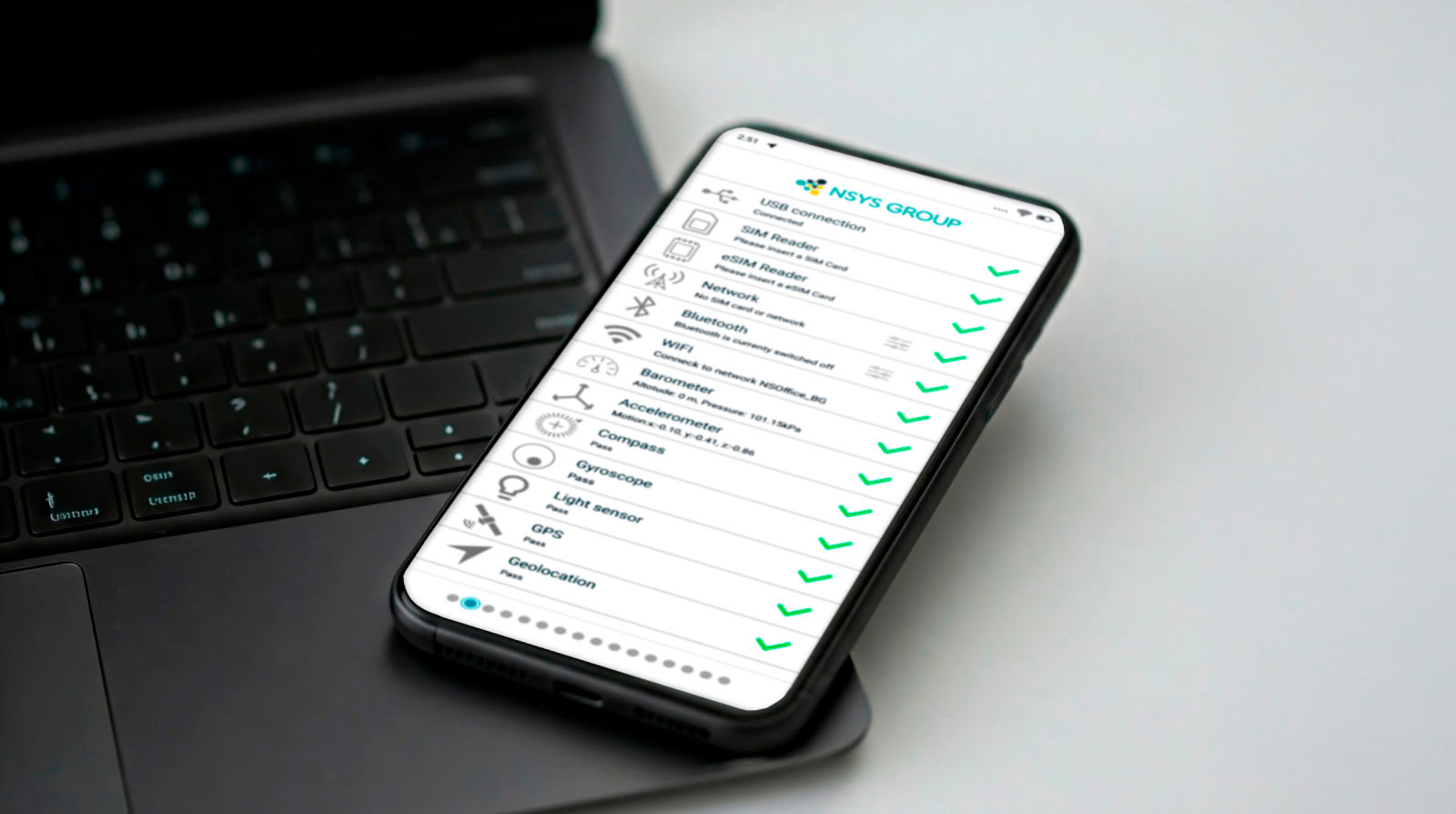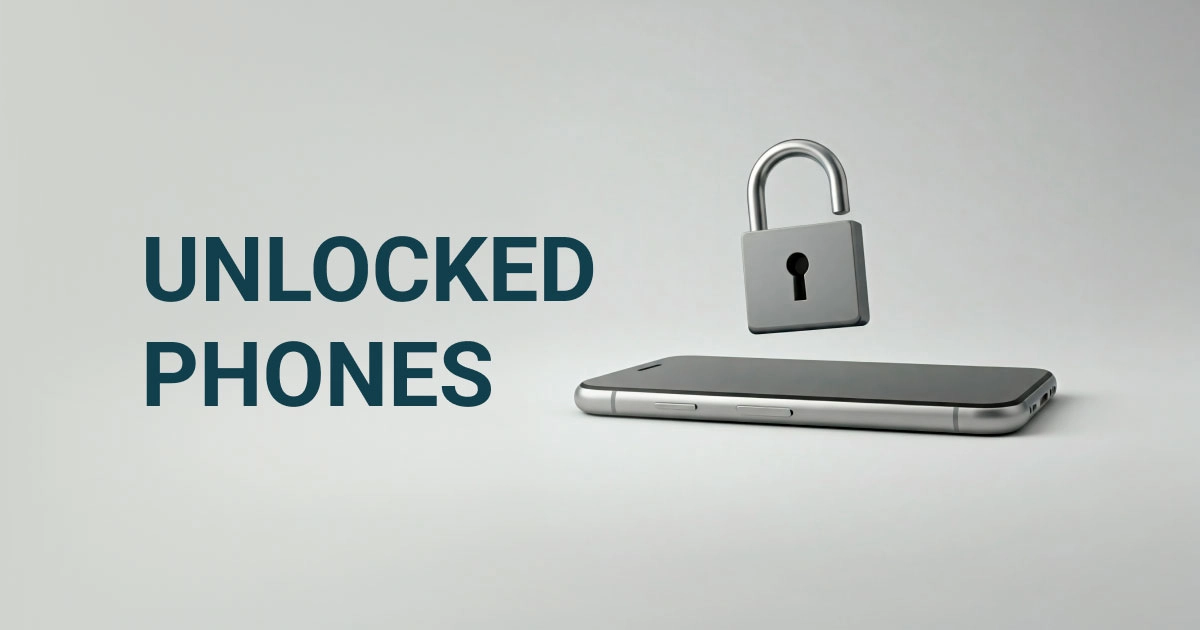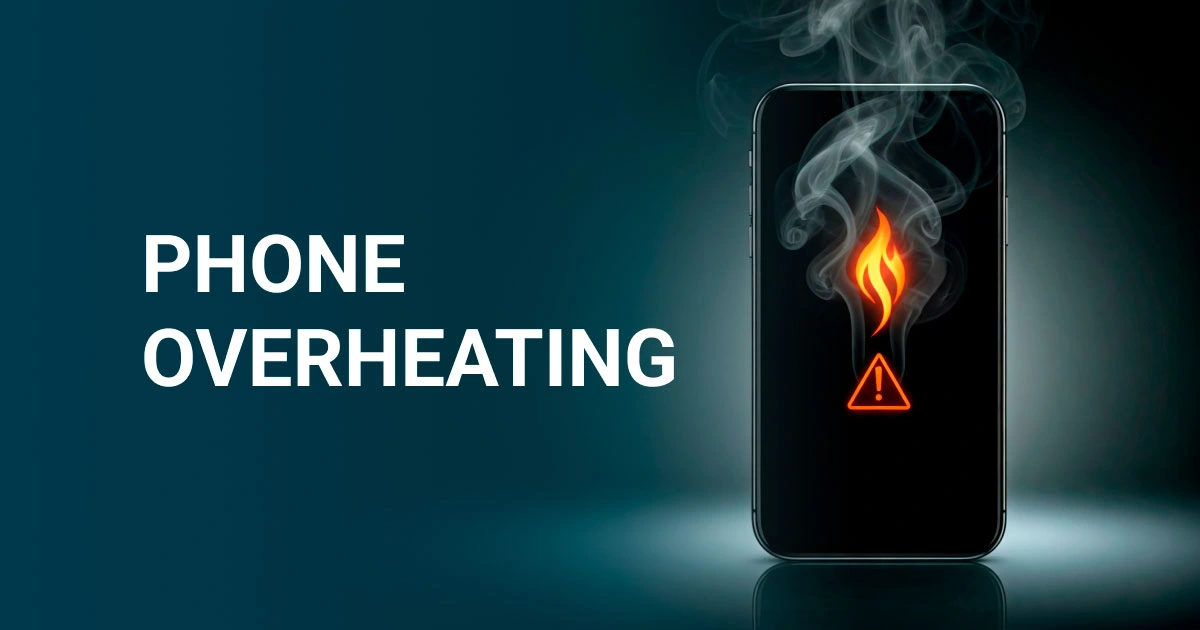When you buy smartphones for your used device business, you will inevitably come across locked phones on the market. This article will help you decide whether they are worth purchasing by exploring the differences between locked and unlocked phones, the drawbacks of locked devices, and tips on ensuring data safety with unlocked smartphones.
What Are Unlocked Phones?
Unlocked phones are devices that don’t have restrictions imposed by a carrier, network, or other service providers. For example, these are typically smartphones sold directly by manufacturers or authorized distributors. According to NPD Connected Intelligence, 50.1 million unlocked smartphones were active on U.S. mobile networks in the first quarter of 2020, an 8% increase compared to the same period in 2019.
When using an unlocked phone, users can freely choose which carrier to use, what SIM card to insert, and when to switch providers. Although this may sound like basic smartphone functionality, many devices on the market still lack this feature. Let’s explore the limitations users face with locked phones.

What Are Locked Phones?
In contrast to unlocked phones, locked phones have carrier-imposed restrictions. This means they cannot be used universally and are limited to specific carriers, payment plans, or coverage areas. But why do carriers lock devices into their networks until the contract is finished? Here are several reasons:
- Phone prices offered by carriers are lower because carriers make most of their profits from telecommunication services. To prevent users from reselling these discounted devices, carriers lock the phones.
- In the same way, locking smartphones helps carriers reduce customer churn, as it prevents users from switching to another provider offering more appealing rates.
- As locked smartphones are harder to use with other networks or resell, they may be less attractive to thieves. Overall, the practice of locking devices can contribute to reducing phone theft by limiting their value on the secondary market.
However, carrier-locked phones should not be confused with MDM-locked phones. In the case of MDM (Mobile Device Management) locks, restrictions are set by the device's owner rather than a carrier. This is common with corporate electronics, where employers impose limitations on work smartphones provided to employees. For a more detailed exploration of this topic, check out this article.
Why Should Businesses Avoid Locked Phones?
Locked smartphones are cheaper than unlocked devices, which may seem appealing to used phone businesses. However, these smartphones come with significant drawbacks that should be considered.
-
Low Customer Demand. Due to their limitations and despite low prices, locked phones aren’t appealing to users. For businesses, it means longer sales cycles and slower money rotation.
-
Legal Issues and Reputation Loss. Not always, but often, locked phones are obtained with fraudulent methods. Reselling such smartphones can harm your company’s reputation and lead to legal and financial losses.
-
Limited Business Opportunities. Major e-commerce platforms don't list locked devices for legal and reputational reasons. Therefore, locked phones have limited selling options, excluding online and international resale.
How to Check Whether the Phone Is Locked?
When buying pre-owned electronic devices, it is crucial to check that the smartphone is unlocked and has a legitimate origin. Below, we will outline two methods to do so — one for individuals and another for businesses.
How Individuals Can Detect a Locked Phone
The simplest way to check is in the device’s settings.
For Apple phones: Go to Settings > General > About, and scroll down to Network Provider Lock. If the device is unlocked, it will display "No SIM restrictions". Otherwise, the smartphone is locked.
For Android phones: Go to Settings > Connections (or it might be called Network and Internet, depending on the device), then select Mobile Network and choose Select Network. If multiple networks are available to choose from, the smartphone is unlocked. If not, it is locked.
How Businesses Can Detect Locked Phones
For businesses, manually checking each phone’s status through the settings is inefficient and insufficient. Instead, use automated testing solutions to detect locked devices.
For example, NSYS Diagnostics automatically collects IMEI and, through its integration with GSMA Device Check, verifies the Blacklist, Carrier Lock, and SIM Lock statuses. By testing pre-owned devices with NSYS Diagnostics, you can avoid purchasing locked phones and improve the quality of your stock.

How to Protect Data on Unlocked Phones
Data protection is essential, especially for used device businesses, where it involves permanently deleting all previous user information in compliance with international standards.
NSYS Data Erasure is a solution specifically designed for used device businesses to wipe iOS and Android smartphones and tablets securely and efficiently. With this software, you can connect up to 60 devices to a single PC simultaneously, drastically reducing the time spent on data erasure and optimizing your workflow.
In addition, NSYS Data Erasure complies with NIST, ADISA, and R2 requirements, ensuring safe and secure data destruction. For each device, you will receive a certificate of erasure, verifying that the data was wiped according to industry guidelines.
Wipe data irrecoverably with NSYS Data Erasure!








